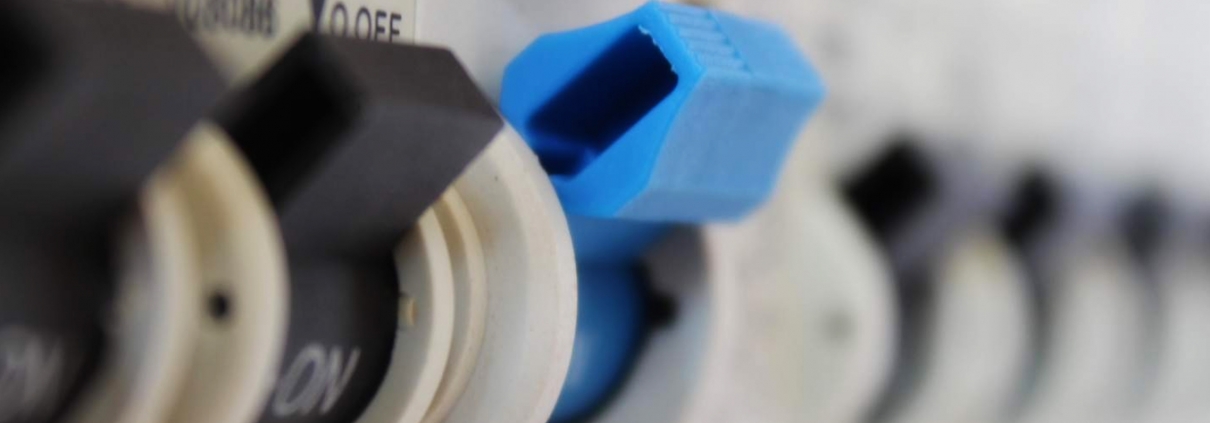Safety Switch vs Circuit Breaker. Do you know the difference?
Safety Switch vs Circuit Breaker
Both Safety Switches and Circuit Breakers promote safety and prevent damage to you and your property, but they are not the same thing. Unfortunately, there are a lot of misconceptions about these two electrical safety devices that have been causing a lot of confusion in the mind of people.
It’s important to know the differences between Safety Switches and Circuit Breakers because these are the vital electrical components that keep your family safe.
Let’s look a little closer at these two devices:
Safety Switch
 Visually, a Safety Switch has a “test” button.
Visually, a Safety Switch has a “test” button.
Safety Switches monitor the flow of electricity through a circuit and turn off the power in a fraction of a second if a leakage of current is detected. Safety Switches are specifically designed to protect human beings from death or serious injury from electrical shocks. Safety Switches are an additional form of protection to be used with Circuit Breakers.
Circuit Breaker
 Visually similar, there is no “test” button on a Circuit Breaker
Visually similar, there is no “test” button on a Circuit Breaker
Circuit Breakers both serve to protect an overloaded electrical circuit by interrupting the continuity, or the flow of electricity. Most houses are equipped with Circuit Breakers in the main switchboard to protect the wiring from overloads. Circuit Breakers provide short-circuit and over-current protection such as when a power point is overloaded, but it does not protect an individual from electrocution.




